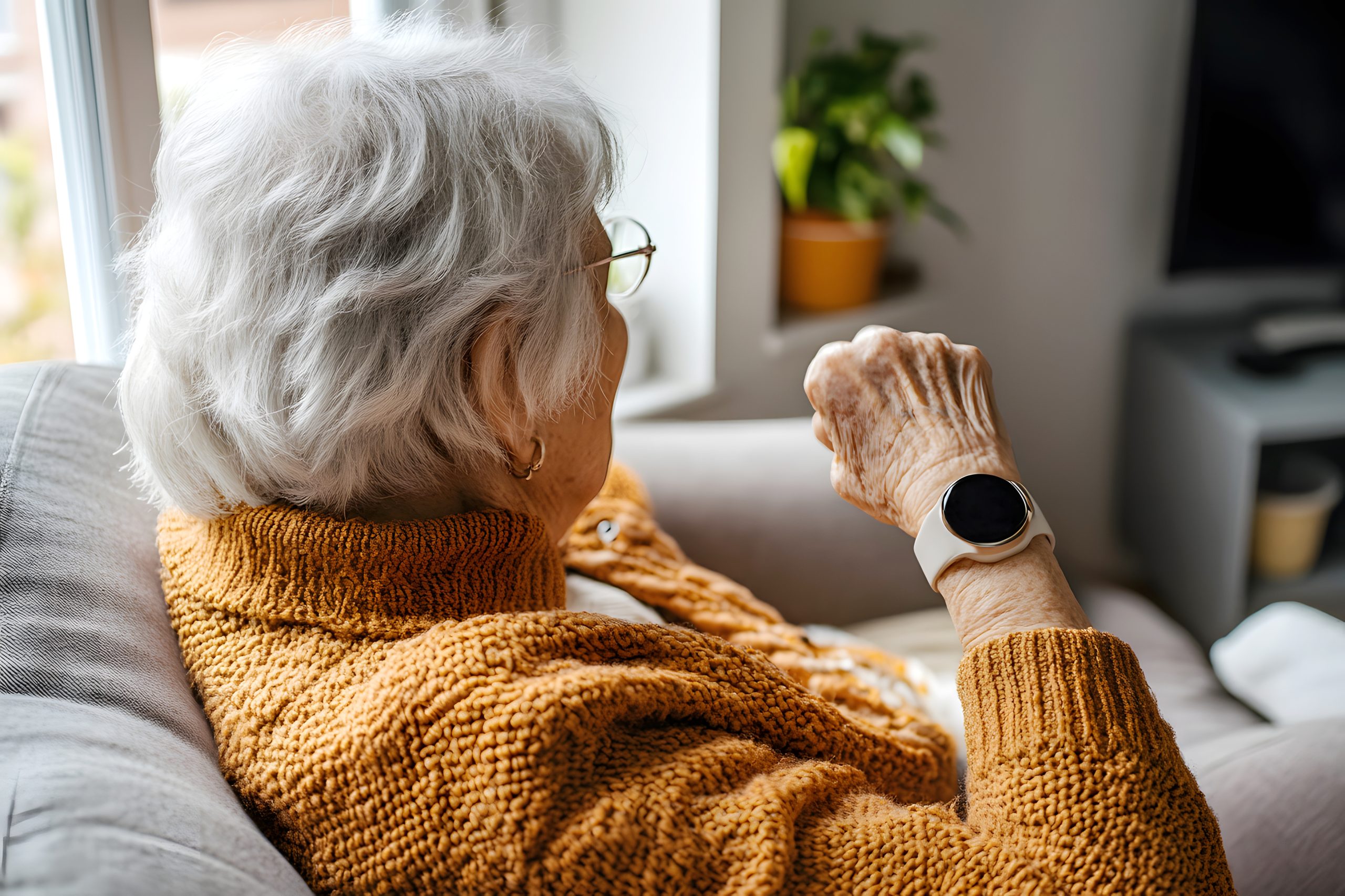
[vc_row][vc_column][vc_column_text]
During the COVID-19 pandemic, families need to protect their loved ones while also following stay-at-home and social distancing directives. However, for many, staying at home without care is anything but safe. With reports of COVID-19 spread in senior living facilities dominating the headlines, assisted living or nursing homes may no longer be a viable option. Larger facilities may not be taking new residents and even smaller facilities with an 8-bed maximum face challenges when a new resident wants to come in. They must first test that new resident for COVID-19 and, if the results are negative, the new resident is admitted and undergoes a 14-day quarantine. Isolation in a single room is so challenging for an older person and can lead to a host of other issues, including depression. For a person suffering from dementia, single room isolation is not an option.
Many families are thinking about in-home care as a safe and secure option for their loved ones right now. However, with finances tight for so many families during the pandemic, in-home care may seem unrealistic from a cost standpoint. The good news is, it may not be as costly as you think. The first step is to assess your loved one’s needs and put together priorities and a plan.
Here’s an idea of where to start:
Assess The Current Caregiving Situation: The first step in creating a home care strategy is to take into account all areas of your loved one’s daily life. This includes home environment, daily living activities, health status and current financial situation.
Identify Care Needs and Goals: In this step, it’s important to look at what’s lacking in your loved one’s current routine and where assistance is most needed. Do they need help with self-care activities like bathing and dressing? Do they need help preparing meals to ensure they are eating properly? Are they lonely and need companionship? Place the highest priorities at the top of the list.
With these two steps, you can begin to carefully examine your loved ones needs and the time requirements for them. Perhaps you’ll need one caregiver for 8 hours. Or maybe you’d like two caregivers each working for 6 hours. Every situation is different and can change with evolving needs. Families are often relieved when they see how affordable in-home care can be. It also provides a solution right now, so families can save money for when assisted living is a necessity. And during the COVID-19 pandemic, in-home care provides even more peace of mind. A loved one will only be dealing with 1 or 2 caregivers, rather than a constant stream of new people.
Assisting Hands is enrolling new clients requiring in-home care during these challenging times. If you have questions about our services, costs or how much assistance your loved one may need, please call us at 301-363-2580 in Maryland or 703-556-8983 in Virginia and we’ll work together to create a plan. Assisting Hands has COVID-19 policies in place to keep both our clients and our caregivers safe. Visit the corona virus resource information on our site and please reach out to us with any questions. We understand that these are uncertain times and want you to know that you are our top priority!
[/vc_column_text][/vc_column][/vc_row]







